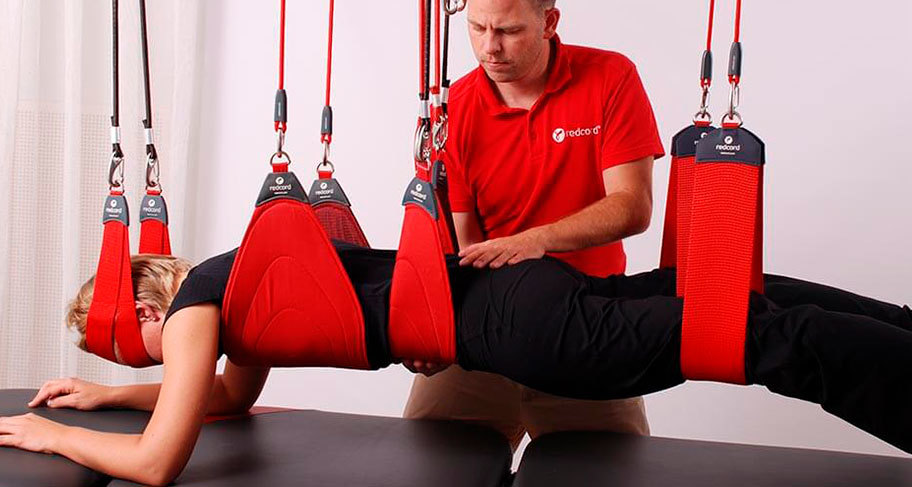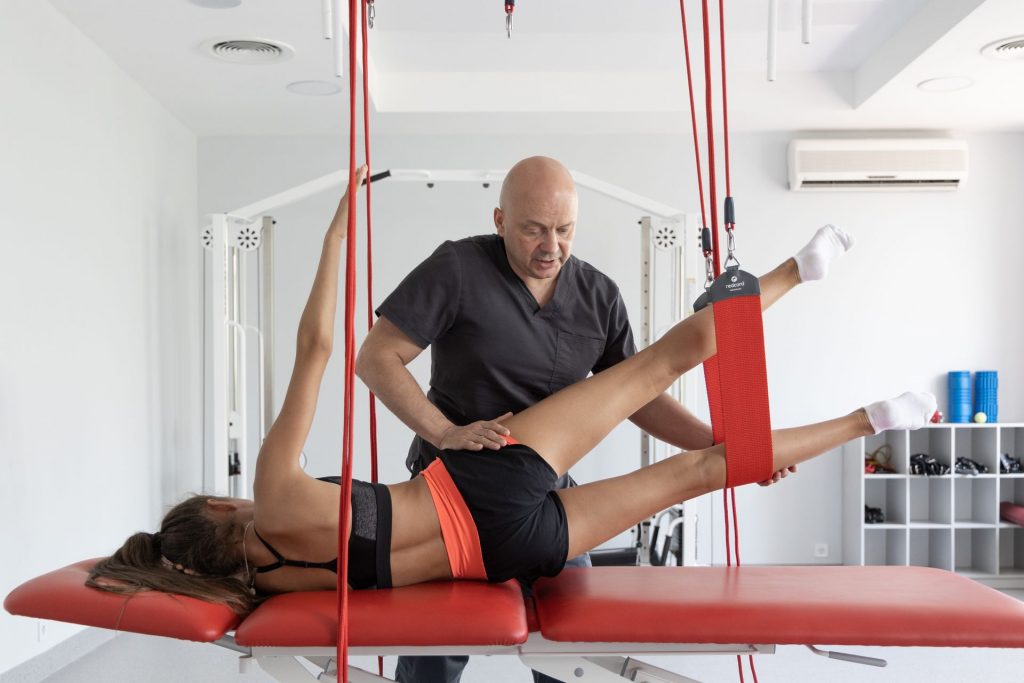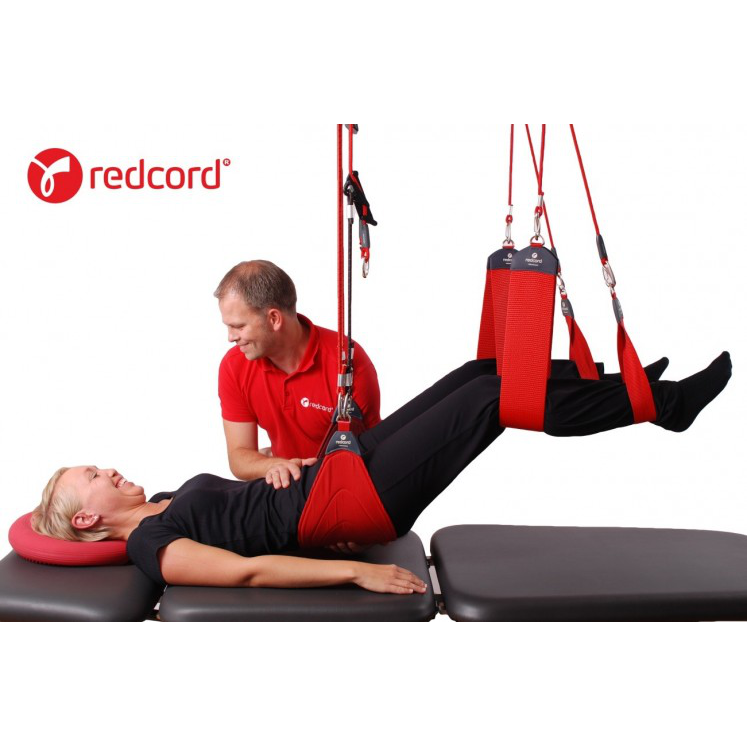2
reviews
4.5 out of 5 stars (based on 2 reviews)
Kinesitherapy using the Neurac method
Diagnostic – testing on simulators allows you to identify weak points in the chain of neuromuscular connections with high accuracy and develop a set of exercises that will help activate the broken connections;
Rehabilitation – regular classes allow you to restore broken motor stereotypes, range of motion after injuries, operations, orthopedic and neurological diseases.
The main goals of the Redcord system:
- Diagnostic – testing on simulators allows us to identify weaknesses in the chain of neuromuscular connections with high accuracy and develop a set of exercises that will help activate the broken connections;
- Rehabilitation – regular exercises help to restore impaired motor stereotypes and range of motion after injuries, surgeries, orthopedic and neurological diseases.
Description.
- Training on the innovative Redcord system includes exercises in a closed and open kinetic chain. This concept is used in sports medicine, neurorehabilitation, orthopedics, prosthetics, and in the treatment of musculoskeletal dysfunctions.
- An open kinematic chain is a combination of consecutive joints where the distal segment moves and the proximal segment is fixed.
- A closed kinematic chain is a combination of consecutive joints, where the distal segment is fixed. Movement in one segment of a closed kinematic chain causes movement in other segments. For example, during a squat, movement in the knee joint causes movement in the hip and tibial joints.
- Our physical therapists’ understanding of the kinematic chain concept helps them to effectively select the right exercise for the patient.
The latest technology in Neurac rehabilitation is relevant for such pathological conditions as:
- Nonspecific pain in the lower back, thoracic spine and neck
- Pain during movement
- Headache
- Subacromial impingement of the shoulder joint
- Disorders of the scapular rhythm
- IC syndrome of the shoulder joint
- Tendopathies of the shoulder joint
- Lack of sense of stability in the cervical spine
- Damage to the rotator cuff
- Postoperative conditions of the shoulder joint
- Pain and discomfort between the shoulder blades
- Posture disorders
- Initial stages of coxarthrosis and gonarthrosis
- Trochanteritis
- ARS syndrome
- Pear-shaped muscle syndrome
- Horse / runner’s knee
- Chondromalacia of the patella
- Plantar fasciitis


You may also be interested




Супер
Дуже гарна клініка. Безмежно вдячна лікарю – людина від Бога. Особливо хотілося б подякувати за відношення до пацієнтів.